出品作家プロフィール
(五十音順)
日本語
English
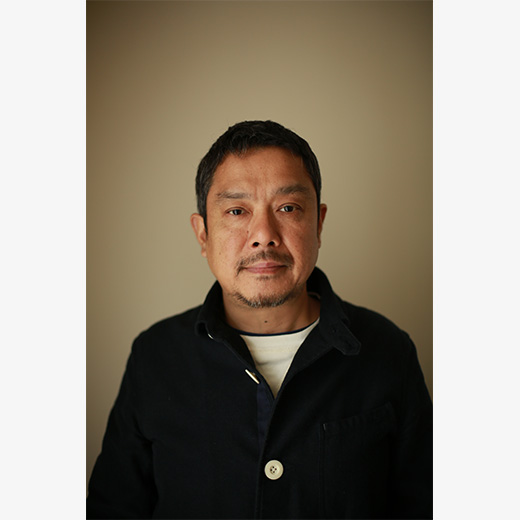
阿部了
あべ さとる

阿部了 あべ さとる
1963年東京都生まれ。写真家。気象観測船「啓風丸」に機関員として乗船後、写真家に。2000年頃より日本全国を回って手作りのお弁当と、食べる人のポートレート撮影を開始。作品は2007年4月号からANAの機内誌『翼の王国』にて「おべんとうの時間」として連載、現在も続く。2011年からはNHK「サラメシ」にてお弁当ハンターとして出演中。本展の展示に合わせて、写真集『ひるけ』並びに『おべんとうの時間(4)』を木楽舎より出版。
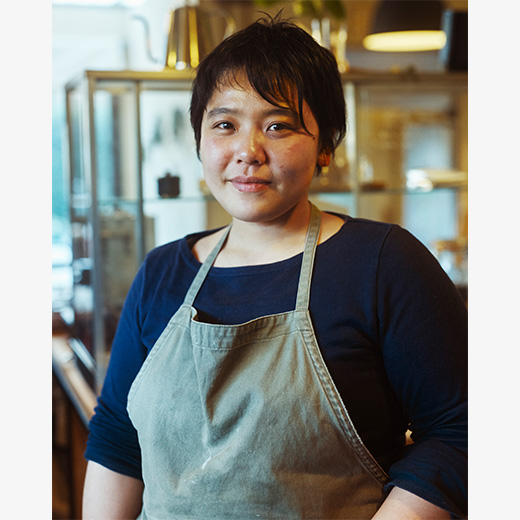
大塩あゆ美
おおしお あゆみ

大塩あゆ美 おおしお あゆみ
1986年、静岡県生まれ。文化服装学院服装科卒業。料理家たかはしよしこのアシスタントを経て独立。出張料理「あゆみ食堂」として、さまざまなイベント、展示会などでケータリングを行う。料理を食べる人、食べる環境、コンセプトに合わせて作るオーダーメイドレシピも多く手がける。季節ごとの食材で楽しく美味しい食卓を作りながら、日本の生産者の食材と食べ手をつなぎたいと思いながら活動中。
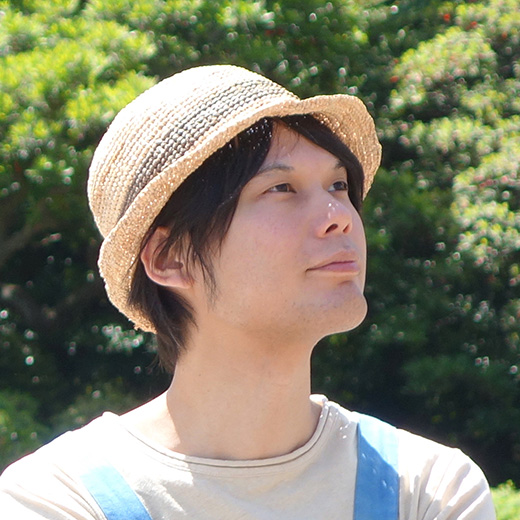
小倉ヒラク
おぐら ひらく

小倉ヒラク おぐら ひらく
1983年東京都生まれ。発酵デザイナー。「見えない発酵菌たちのはたらきを、デザインを通して見えるようにする」ことを目指し、全国の醸造家たちと商品開発や絵本・アニメの制作、ワークショップを開催。東京農業大学で研究生として発酵学を学んだ後、山梨県甲州市の山の上に発酵ラボをつくり日々菌を育てながら微生物の世界を探求している。《てまえみそのうた》でグッドデザイン賞2014を受賞。新著に『発酵文化人類学』(木楽舎)。

北澤潤
きたざわ じゅん

北澤潤 きたざわ じゅん
1988年東京都生まれ。美術家。北澤潤八雲事務所代表。国内外約30の地域に関わりながら、中長期的なフィールドワークを経て多様な人びとと協働し、日常に問いを投げかける場を共同体の内部に生み出す「コミュニティ・スペシフィック」を志向したアートプロジェクトを実践し続けている。東京藝術大学大学院美術研究科博士後期課程修了。米経済誌フォーブス「30 Under 30 Asia 2016」アート部門選出。
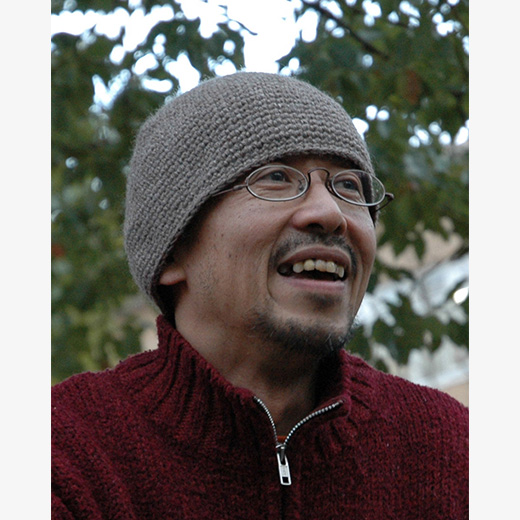
小山田徹
こやまだ とおる

小山田徹 こやまだ とおる
1961年鹿児島県生まれ。美術家。京都市立芸術大学日本画科卒業。1984年、大学在学中に結成した「ダムタイプ」の活動と並行して90年代からさまざまな共有空間の開発を始め、コミュニティセンター「アートスケープ」「ウィークエンドカフェ」などの企画を行う。近年は東日本大震災後に宮城県女川町にて住民や建築家らと結成した「対話工房」のメンバーとして、コミュニティの再生に携わる。京都市立芸術大学教授。

平野太呂
ひらの たろ

平野太呂 ひらの たろ
1973年生まれ。写真家。武蔵野美術大学卒。2000年よりフリーランスとして活動。スケートボードカルチャーを基盤にしながら、カルチャー誌やファッション誌や広告で活動中。主な著書に『POOL』(リトルモア)、『ばらばら』(星野源と共著/リトルモア)、『東京の仕事場』(マガジンハウス)、フォトエッセイ『ボクと先輩』(晶文社)、『Los Angeles Car Club』(私家版)、『The Kings』(ELVIS PRESS)がある。2004年より東京都渋谷区にてNO.12 GALLERYを主宰している。
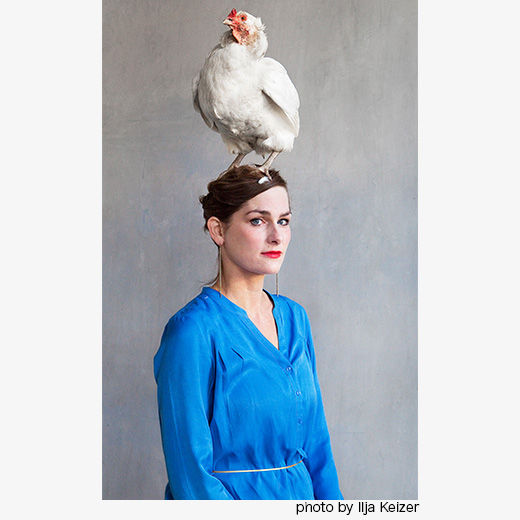
マライエ・フォーゲルサング
Marije Vogelzang

マライエ・フォーゲルサング Marije Vogelzang
1978年オランダ・エンスヘデ生まれ。2000年デザインアカデミー・アイントホーフェン卒業。レストランのコンセプト開発から医療や教育などさまざまなフィールドにおいて、食べる行為にまつわるデザイン提案を展開するイーティング・デザインのパイオニア。2014年よりデザインアカデミー・アイントホーフェンのフードノンフード学部の学部長に就任。日本では、2008年に初の個展「eating+design デザインにできること2」をAXISギャラリーで開催。

森内康博
もりうち やすひろ

森内康博 もりうち やすひろ
1985年福岡県生まれ。映像作家。株式会社らくだスタジオ代表取締役。2009年横浜国立大学教育学部人間科学部卒業。らくだスタジオプロデュースによるドキュメンタリー映像や、CM・PV・アートプロジェクトの記録映像の撮影、また大学研究機関との映像アーカイブプロジェクトに携わる。
ワークショップ作家プロフィール
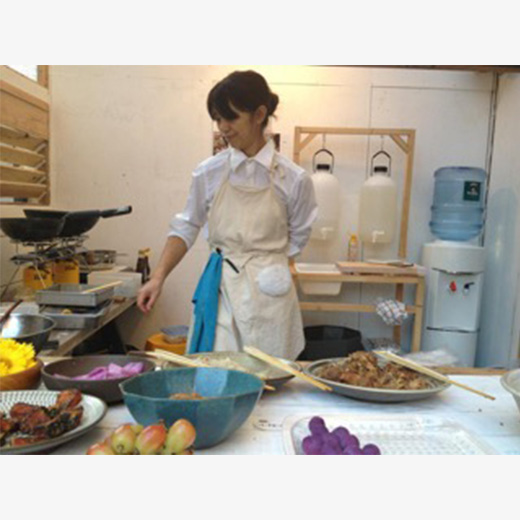
山本千織
やまもと ちおり

山本千織 やまもと ちおり
料理人。北海道生まれ。札幌の「ごはんや はるや」に12年間関わり、2011年に東京・代々木上原で「chioben(チオベン)」を開業。見た目と味の意外性、一度食べたら忘れられないと評判に。現在は、撮影現場への弁当の仕出し、ケータリング、雑誌や広告へのレシピ掲載、イベント出店など幅広い場面で活躍。著書に『チオベン 見たことのない味 チオベンのお弁当』(マガジンハウス)、『チオベンの弁当本』(KADOKAWA)がある。
ミュージアム・コレクション
(出品予定)
江戸時代から昭和・現代までの日本のお弁当箱
・お辧當箱博物館所蔵、北区飛鳥山博物館所蔵、新宿区立新宿歴史博物館寄託、個人所蔵
アジア、アフリカ、ヨーロッパなどの世界のお弁当箱
・国立民族学博物館所蔵
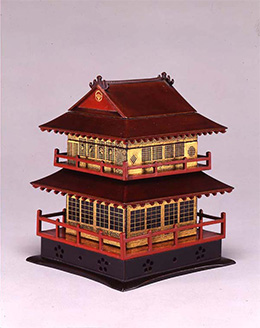
楼閣形弁当(ろうかくがたべんとう)
個人蔵
Exhibiting Artists
日本語
English

Satoru Abe

Satoru Abe
Born 1963 in Tokyo. After graduating from National Tateyama Maritime Poly-technical School (Chiba Prefecture), he worked for four years aboard the weather ship Keifu Maru as an engineer. Later, he took the Siberian Express and went on a journey around Europe, where he found his calling in photography. He studied photography at Tokyo Polytechnic University, and after working as an assistant to photographer Yoshihiro Tatsuki, became independent in 1995. Since around 2000, he has traveled around the country capturing photographs of homemade bentos and of people eating them. In April 2007, the series became a feature in All Nippon Airways’ in-flight magazine Wingspan under the title “Obento no Jikan” (“Bento Time”), which is still ongoing today. His book series of the same name, published by Kirakusha, has seen three volumes to date; there have also been Taiwanese, South Korean, French and Chinese versions of the series. Since 2011, he has appeared as a “bento hunter” on the NHK program Salameshi; as of 2016, he has also served as a guest judge on the Bento Koshien competition held by Kamakura Women's University. To coincide with this exhibition, he is releasing a photography series titled Hiruke – lunch time , as well as the fourth volume of Obento no Jikan, both published by Kirakusha.

Ayumi Ooshio

Ayumi Ooshio
Born 1986 in Shizuoka Prefecture. She runs Ayumi shokudo a “traveling kitchen” that provides catering at events, shows and other occasions. She also creates many made-to-order recipes that are customized to each eater, eating environment and background concept. Through formulating a fun and delicious eating experience using seasonal food ingredients, she aspires to connect the Japanese producers of these ingredients with those who eat them. She has authored Ayumi Shokudo no Obento: 23-nin no Tegami kara Umareta Reshipi (“Bentos of Ayumi Shokudo: Recipes Born from 23 Letters”; pub. Bunka Publishing Bureau), a compilation of the two-year series featured on Asahi Shimbun Digital & w, which is also presented at this exhibition.

Hiraku Ogura

Hiraku Ogura
Born 1983 in Tokyo. Ogura is a self-styled “fermentation designer” whose mission is to show the imperceptible workings of fermenting bacteria through design. His activities include developing products in collaboration with fermenters around Japan, creating picturebooks and animations, and hosting workshops. After studying zymology (science of fermenting) as a research student at the Tokyo University of Agriculture, he set up a fermentation lab on a mountain in Koshu, Yamanashi Prefecture, where he has been cultivating bacteria and exploring the world of microbes ever since. He received the Good Design Award in 2014 for the animation How to Make Miso. He has recently published Hakko Bunka Jinruigaku (“The Anthropology of Fermentation Culture”; pub. Kirakusha).

Jun Kitazawa

Jun Kitazawa
Born 1988 in Tokyo. Kitazawa is an artist who helms the Jun Kitazawa Office Yakumo. His first project was staged in 2007 aboard the Okesamaru, a cruise ship that connects Niigata and Sado Island. He has since been involved with around 30 regions at home and abroad, collaborating with diverse people through mid- to long-term fieldwork. His practice involves “community-specific” art projects that create within the community a place to reexamine everyday life. From 2016 to 2017, he stayed in Indonesia for a year on the Japan Foundation Asia Center’s fellowship program. Since then, he has pursued his artistic practice while traveling back and forth between the two countries. He holds a Ph.D. in Fine Arts from the Tokyo University of the Arts. He was selected by Forbes magazine as one of the “30 Under 30 Asia 2016” in the Arts category.

Toru Koyamada

Toru Koyamada
Born 1961 in Kagoshima Prefecture, Koyamada studied nihonga (Japanese-style painting) at Kyoto City University of Arts. In parallel with his activities with Dumb Type, an artist group he co-founded in 1984 while at university, Koyamada began in the 1990s to develop various communal spaces, setting up among others the community centers Artscape and Weekend Cafe. In recent years, he has been involved in community restoration in Onagawa, Miyagi Prefecture – an area struck by the 2011 Tohoku earthquake and tsunami – as a member of the “Dialogue & Work Shop” which he formed in the town with architects and residents. He is a professor at the Kyoto City University of Arts.

Taro Hirano

Taro Hirano
Born 1973; graduated from Musashino Art University. Hirano has worked as a freelance photographer since 2000. With the skateboarding culture as his basis, he contributes photographs to cultural magazines, fashion magazines, advertising and other outlets. His publications include POOL (pub. Little More), barabara (co-authored with Gen Hoshino; pub. Little More), Tokyo no Shigotoba (“Tokyo’s Workplaces”; pub. Magazine House), the photo-essay Boku to Senpai (“Me and Senpai”; pub. Shobunsha), Los Angeles Car Club (self-published), and The Kings (ELVIS PRESS). Since 2004, he has been the director of the No.12 GALLERY in Shibuya, Tokyo.

Marije Vogelzang

Marije Vogelzang
Born 1978 in Enschede, The Netherlands. She graduated from Design Academy Eindhoven in 2000. In 2004, she set up the experimental restaurant Proef in Rotterdam, selling off the business in 2011 to focus on her design work. A pioneer of “eating design,” her activities range from developing restaurant concepts to proposing new eating-related design in areas such as medical care and education. In 2014, she became head of the Food Non Food Department at Design Academy Eindhoven. She held her first solo exhibition in Japan, eating + design: what design can do 2 at AXIS Gallery in 2008, and held a workshop in 2014 as part of Roppongi Art Night.

Yasuhiro Moriuchi

Yasuhiro Moriuchi
Born 1985 in Fukuoka Prefecture. Moriuchi is a video artist and the director of Rakuda Studio. He graduated from Yokohama National University in 2009, majoring in human sciences. With his Rakuda Studio, he produces documentary films, commercials, music videos and promotional videos, creates archive footage of art projects, and works with universities and research institutions on video archiving projects.
Workshop Artists

Chiori Yamamoto

Chiori Yamamoto
Yamamoto is a chef who was born in Hokkaido. After graduating from art university, she worked as a chef at various establishments, including 12 years at Gohanya Haruya, a restaurant run by her younger sister in Sapporo. Moving to Tokyo, she opened a bento store called “chioben” in 2011, in Tokyo’s Yoyogi Uehara area. The striking look and tastes of the bentos, and its staple dishes – takomeshi (octopus rice) and spring rolls – earned chioben a reputation as an unforgettable eating experience. Today, she works in a wide range of areas including supplying bentos for film shoots, catering, contributing recipes to magazines and advertisements, and running booths at events. She has authored Chioben: Mita Koto no nai Aji – Chioben no Obento (“Chioben: Tastes You’ve Never Seen Before – Chioben’s Bento”; pub. Magazine House), Chioben no Bento-bon (“Chioben’s Bento Book”; pub. Kadokawa) and the self-published chioben flip cook book vol.01.
Instagram:chiobenfc
Museum Collection
Exhibits (TBC):
Japanese bento boxes from Edo period, Showa period, and the present day
- From the collections of OBENTOBAKO Museum, Kita City Asukayama Museum, Shinjuku Historical Museum, and private collections
Bento boxes around the world (Asia, Africa, Europe, etc.)
- From the collection of the National Museum of Ethnology

Rokakugata bento (private collection)